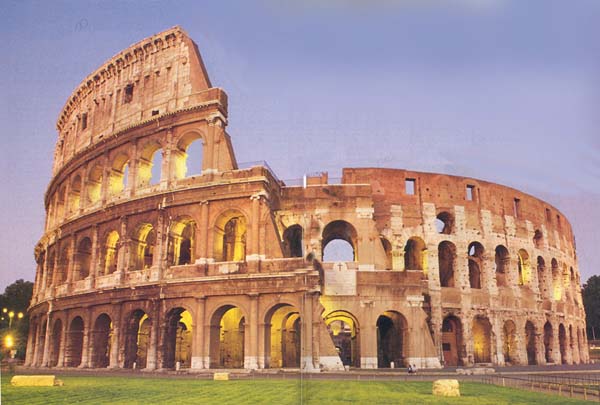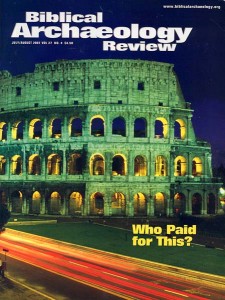Financing the Colosseum
Where did the money come from to build this magnificent Roman structure? An extremely unusual inscription—one without any extant letters—points to the spoils from the Jerusalem Temple.

“So long as the Colosseum stands, Rome also stands; when the Colosseum will fall, Rome also will fall; when Rome will fall, the world also will fall” (The Venerable Bede).1
The Colosseum is the most striking evidence of the grandeur of ancient Rome—its most massive, impressive and awe-inspiring feat of engineering. Originally known as the Amphitheatrum Flavium, it was the first major all-stone amphitheater in Rome.2 Since the eighth century, it has been known simply as the Colosseum, apparently because of the colossal statue of the hated Emperor Nero (ruled 54 to 68 C.E.) that had once stood nearby.3 The statue was placed there by the Emperor Hadrian (ruled 117 to 138), who had removed it from the court of Nero’s Golden House.
Already a library member? Log in here.
Institution user? Log in with your IP address.

